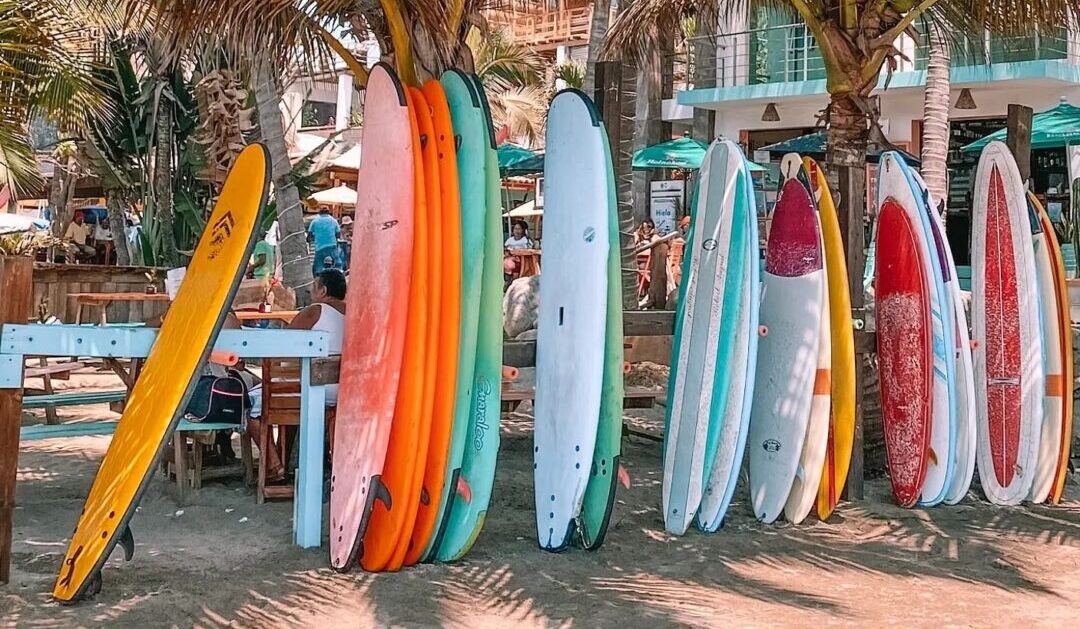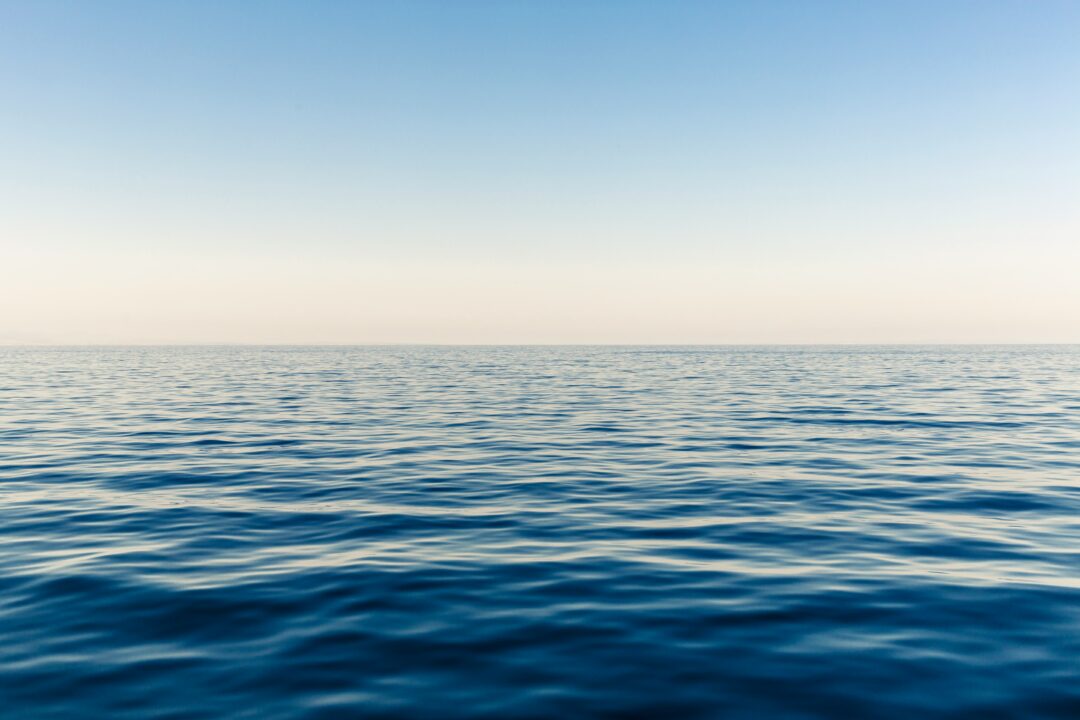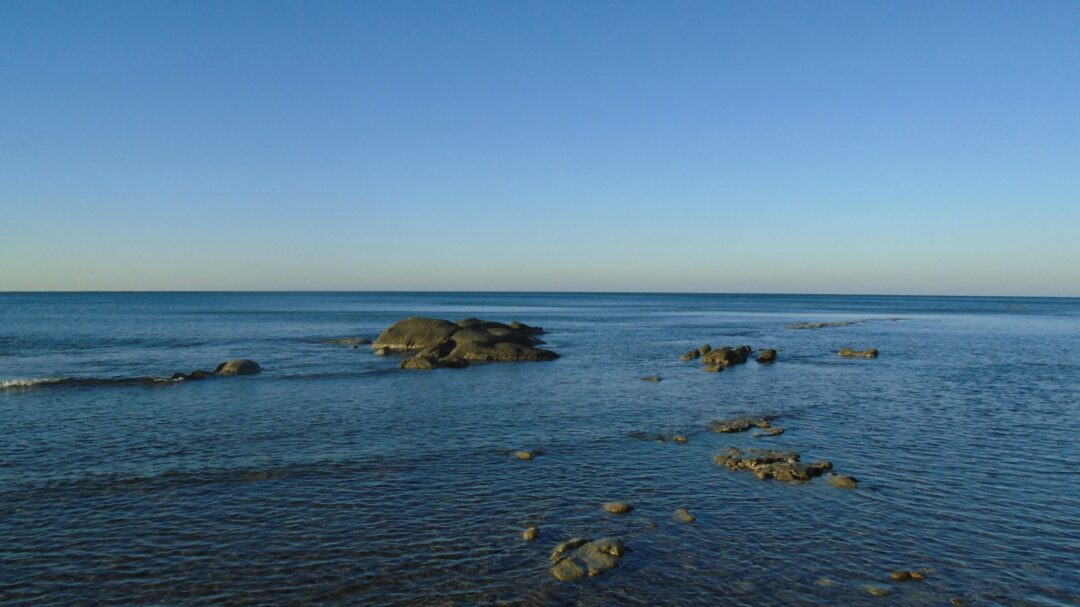Take a fascinating journey through the evolution of surfboards, from their ancient roots in Polynesia to the modern designs we see today.
Learn about the trailblazers, craftsmen, and innovators who have shaped surf culture and made important contributions to the materials, shapes, and styles of surfboards.
Discover the science behind how surfboards work in the water, including how they’re built and manufactured.
And don’t forget to explore the local surfing scene in North Devon, where surfers have added their own unique touches to the world of surfboard design.
| Key Takeaways |
|---|
| Surfboard evolution spans from ancient Polynesia to modern times, with significant influence from North Devon’s surfing community. |
| Innovations like Tom Blake’s hollow “Cigar Board” and John Kelly’s “Hot Curl” board significantly changed surfboard design and performance. |
| Technological advancements such as the single fin, Twin Fins, and Bonzer 5-Fin setup have enhanced surfboard control and stability. |
| The surfboard’s journey reflects human creativity and the enduring passion for surfing, especially evident in North Devon’s vibrant surf scene. |
| Modern surfboard technology includes customization, eco-friendly materials, and cutting-edge processes like 3D printing. |
The Origins of the Surfboard
The true inventor of the surfboard remains a mystery, as it predates recorded history. However, it is widely believed that the first surfboards were crafted by ancient Polynesians as early as the 700s.
These early surfboards came in three key shapes: the Alaia, Kiko’o, and Olo.
Made from Koa and Wiliwili woods, these boards lacked the advanced features of modern surfboards but showcased the skill of their riders.

The Solid Surfboard Era (700s-1900s)
For over a millennium, the shape and construction of surfboards remained largely unchanged. It wasn’t until the 20th century that significant advancements were made, starting with Tom Blake’s hollow “Cigar Board.”
This design, which involved drilling holes in a traditional Olo and encasing it in veneer, was a crucial step toward lighter, faster surfboards.
The Hollow Surfboard Revolution (1920s/1930s)
Tom Blake’s next innovation was a hollow surfboard that utilized a skin and frame technique similar to that used in aircraft construction.
This lighter, more buoyant design quickly gained popularity and set the stage for further advancements in surfboard construction.
The Introduction of Balsa Wood (1932)
The early 1930s saw the integration of balsa wood into surfboard construction, resulting in lighter and more buoyant boards.
However, balsa’s limited availability made it an expensive option, and it was often combined with traditional hardwoods to create a more cost-effective solution.
The Hot Curl Board (1934)
The first significant change in surfboard shape came with John Kelly’s “Hot Curl” board in 1934.
This design featured a boat-like underside that provided improved traction, allowing surfers to ride within the curl of the wave.
The Single Fin (1935)
Tom Blake’s introduction of the single fin, adapted from the keel of an abandoned boat, was another groundbreaking development in surfboard history.
The fin offered enhanced control and stability, and despite initial concerns about safety, it eventually became a standard feature on surfboards.
Twin Fins and Simmons Spoon (1946 & 1949)
Bob Simmons, often called “The Father of the Modern Surfboard,” made significant contributions to surfboard design in the 1940s.
He pioneered the twin fin setup in 1946 and later developed the “Simmons Spoon,” a 10-foot balsa board featuring thin rails, a glassed wooden fin, and the world’s first rocker.
The Great Plastics Race (1950s)
The 1950s saw the widespread adoption of foam surfboards and fibreglass construction techniques. These materials allowed for lighter, more manoeuvrable boards that could be produced in larger quantities.
Custom surfboards also gained popularity as surfers sought unique shapes and designs to suit their individual styles and preferences.
The Surfboard Leash (1971), Traction Pad (1976), and Fin Innovations (1980s-Present)
The 1970s and 1980s saw further advancements in surfboard technology, such as
their peak in popularity. However, the 1950s marked the beginning of the “Great Plastics Race,” which revolutionized the surfboard construction techniques and materials used.
Surf culture was rapidly expanding, and demand for surfboards skyrocketed. To keep up with this demand, manufacturers turned to new materials like foam and fibreglass.
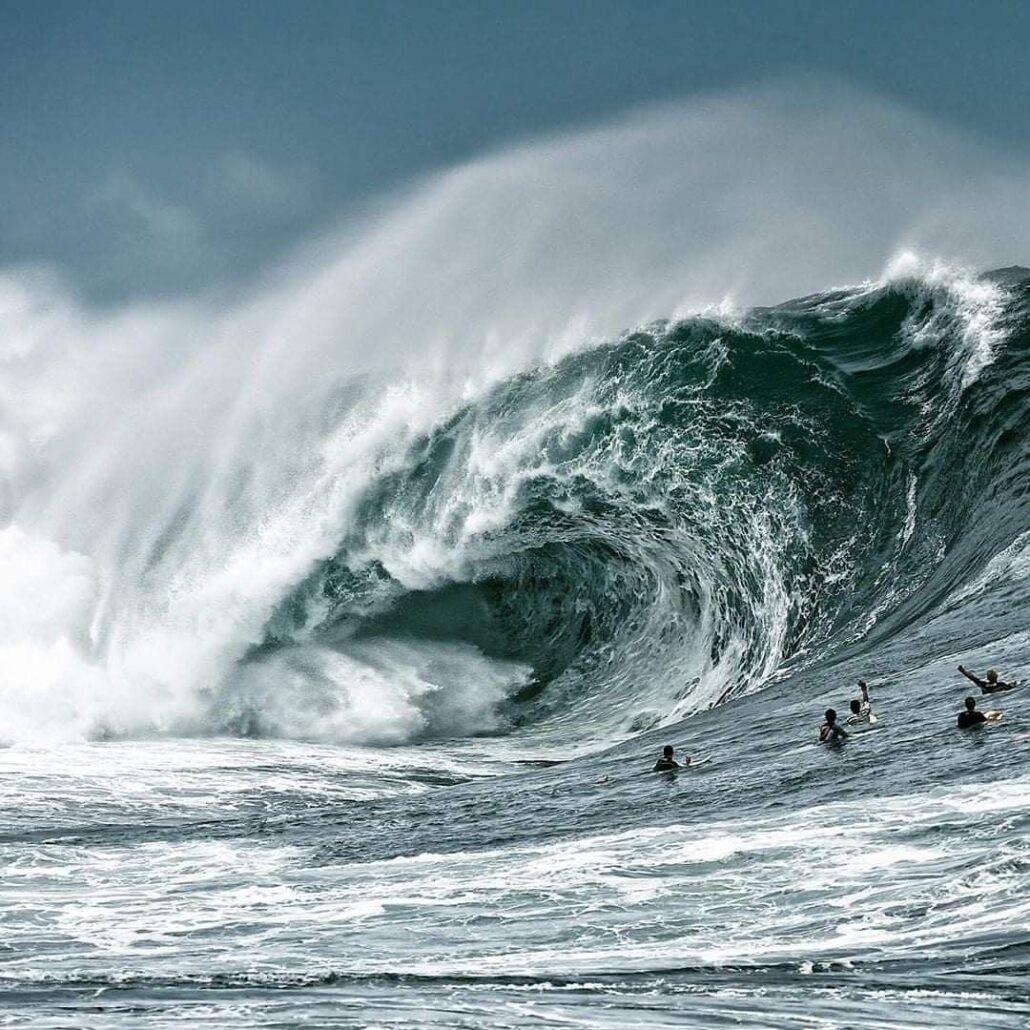
Foam Surf Boards Emerge
In the mid-1950s, foam surfboards began to appear as an alternative to traditional balsa wood boards.
Foam provided a lightweight and durable core that was easier to shape and more readily available than balsa wood.
This new material allowed surfboard shapers and pioneers to create more complex surfboard shapes and designs, which in turn influenced the development of surfing styles.
Custom Surfboards & the Rise of Shapers
As the surfboard manufacturing process evolved, it paved the way for the rise of custom surfboards.
Skilled surfboard shapers began to create unique boards tailored to the individual surfer’s preferences.
This personal touch was an essential part of surf culture, as it allowed surfers to express their style and connect with their boards on a deeper level.
Hydrodynamics Influence
Throughout the evolution of the surfboard, the influence of hydrodynamics played a significant role.
Surfboard shapers and pioneers began to understand how the shape and design of a surfboard affected its performance in the water.
This understanding led to the development of various surfboard shapes and designs, such as the fish, the gun, and the shortboard, each designed to perform optimally in specific wave conditions.

The Three-Fin Thruster (1980)
The introduction of the three-fin thruster in 1980 marked another milestone in surfboard history.
Australian surfer Simon Anderson developed the thruster design, which featured a central fin flanked by two smaller fins.
This setup offered greater control and manoeuvrability, allowing surfers to perform more advanced manoeuvres on the wave face.
The Quad Setup (1980s)
Following the success of the thruster, the quad fin setup emerged in the 1980s. This configuration features four fins, two on each side of the tail, offering a balance of speed and control.
Many surfers prefer the quad setup for its ability to generate speed in smaller or weaker waves.
The Bonzer 5-Fin (1983)
In 1983, the Bonzer 5-Fin setup was introduced, offering a unique combination of three central fins and two smaller side fins.
This configuration provided enhanced speed, control, and maneuverability, and has remained popular among surfers seeking a versatile board that can handle a wide range of conditions.
Removable Fin Systems (1995)
The development of removable fin systems in 1995 was another significant advancement in surfboard construction techniques.
These systems allow surfers to easily swap out fins to suit different conditions or personal preferences. With the ability to customize their boards, surfers gained even more control over their surfing experience.
As we continue to explore the ever-evolving world of surfboards, it’s essential to appreciate the rich history and innovation that has shaped the sport we know and love today.
From ancient Polynesian wave riders to modern-day surfboard shapers and pioneers, the surfboard’s journey is a testament to human creativity and our enduring love for the ocean
Soft Surfboards (Early 2000’s)
In the early 2000s, soft-top surfboards gained popularity among beginner surfers, surf schools, and even experienced surfers looking for a fun and forgiving alternative.
These boards feature a soft foam deck and a slick plastic bottom, making them more buoyant, durable, and safer for beginners.
Soft top surfboards are an excellent choice for those new to the sport or for those who want to enjoy a laid-back surf session without the worry of injuring themselves or others in the water.
Hydrofoil Surfboards (2010s)
Hydrofoil surfboards, or simply “foils,” emerged in the 2010s as a new way to ride waves.
A hydrofoil surfboard features a foil attached to the bottom of the board, with a mast and wings that lift the board above the water’s surface, reducing drag and allowing the surfer to glide effortlessly over the water.
Hydrofoil surfing has become increasingly popular in recent years, as it offers a unique and exhilarating experience for surfers of all skill levels.
ECO-Friendly Surfboard Materials (2010s-Present)
As environmental awareness and sustainability have become more important in recent years, the surf industry has started to explore eco-friendly surfboard materials.
Innovations such as bio-based resins, recycled foam, and alternative materials like hemp, flax, and cork have been introduced to reduce the environmental impact of surfboard production.
These materials not only make the boards more sustainable but also maintain or even improve the performance of the surfboards.
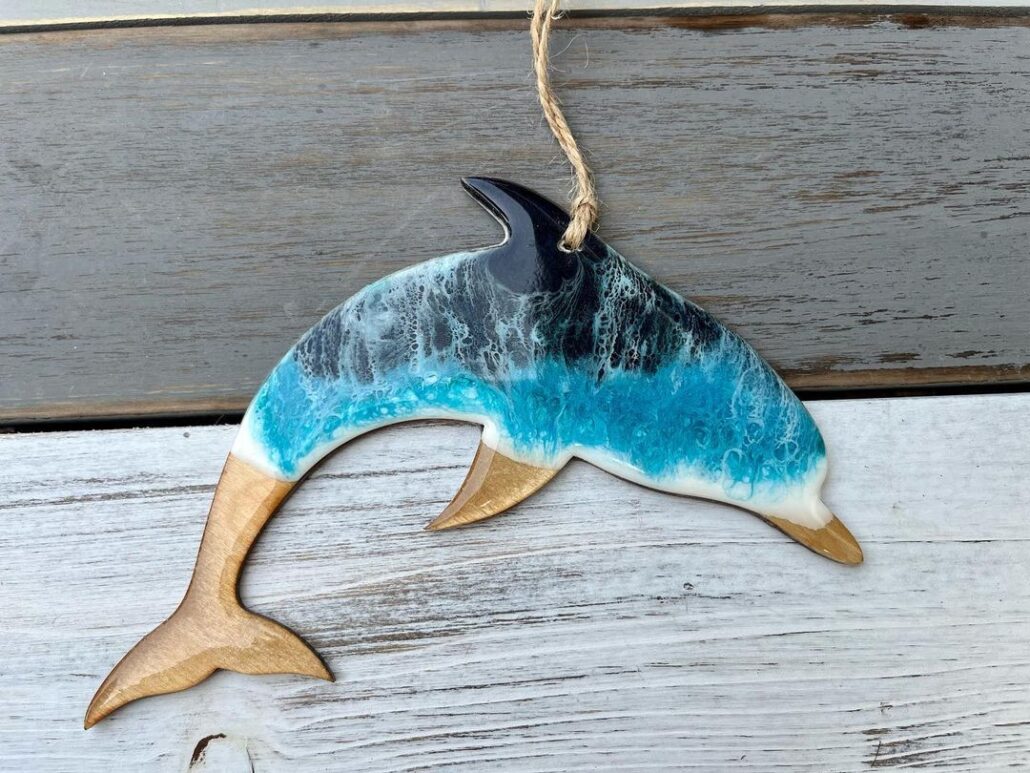
3D Printed Surfboards (2010s-Present)
Advancements in 3D printing technology have led to the creation of 3D-printed surfboards.
This innovation allows for intricate and precise designs, faster production times, and the potential for increased customization.
While 3D-printed surfboards are not yet mainstream, they represent an exciting new frontier in surfboard manufacturing.
The Future of Surfboard Tech
As technology continues to advance and the sport of surfing evolves, we can expect to see even more innovations in surfboard design and construction.
From smart surfboards with built-in sensors that provide real-time feedback to the surfer, to boards made from cutting-edge materials that further reduce environmental impact, the future of surfboards is sure to be exciting and dynamic.
You can also learn more about the history of surfing in our recent guide A Deep Dive Into Surfing History
In Summary
The surfboard has changed a lot over time, and it’s all thanks to the creative and clever surfers and shapers. They always wanted to go beyond what was possible and have fun exploring new things.
When we look back at the history of surfboards and the people who made them, we see how their ideas made surfing even better.
They came up with new materials like foam and fibreglass, which made the boards lighter and stronger. They also figured out better shapes and designs that made the boards glide through the water more smoothly.
Today, surfboard makers are still finding new ways to make boards that are just right for each surfer. They use computers and even 3D printing to make sure the boards are perfect for the person who will ride them.
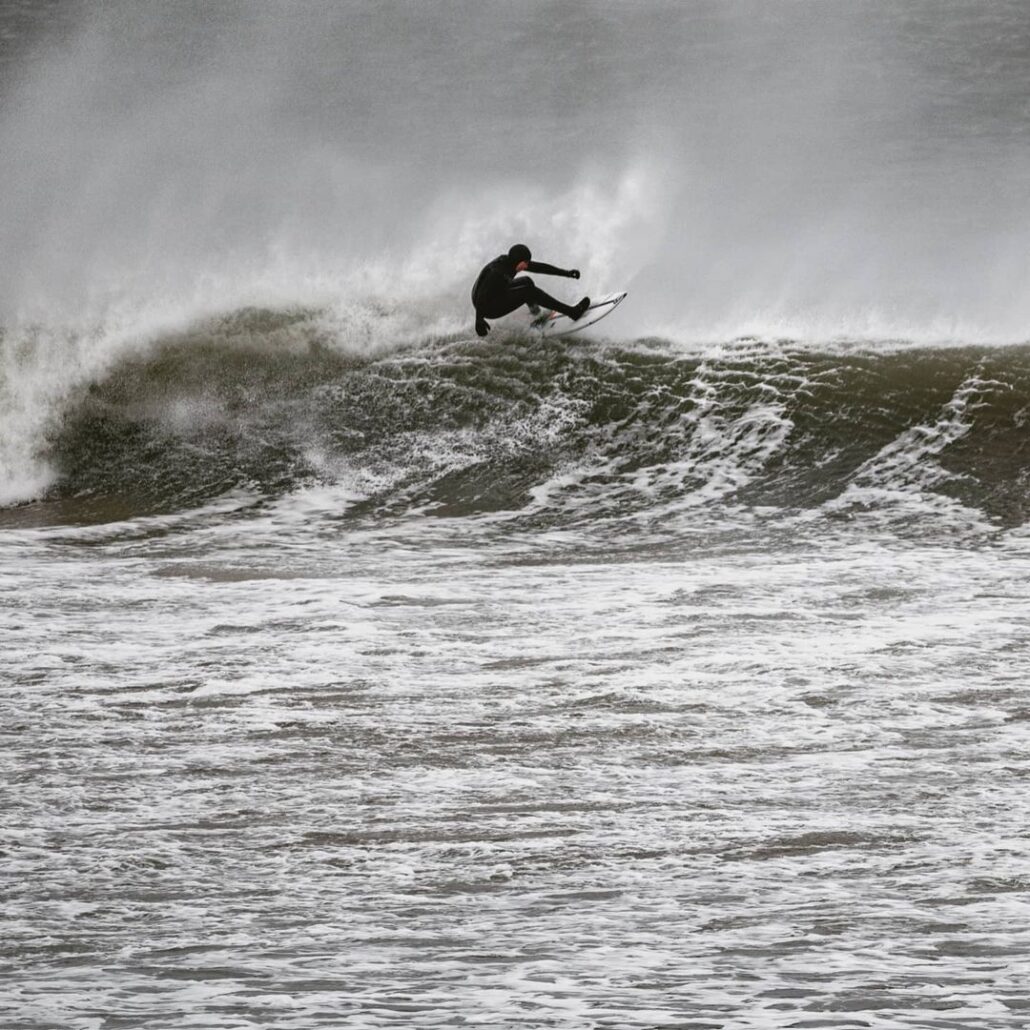
Surfers also care about the environment. They want to keep the oceans and waves clean and healthy. That’s why they’re working on making surfboards with eco-friendly materials and techniques that are better for the planet.
North Devon, UK, has been recognized as the 12th World Surfing Reserve, celebrating its outstanding surf beaches and vibrant surf culture. This designation aims to protect these iconic surfing spots from potential threats and involves the local community in preserving the waves and coastal ecosystems.
From powerful breaks to beginner-friendly swells, North Devon offers a unique surfing experience. Its status as a World Surfing Reserve highlights its significance as a world-class surfing destination and emphasizes the need to preserve this natural treasure for future generations.
Want to know more about surfing in North Devon?
See our Top Surfing Spots in North Devon: A Local’s Guide
As we think about the future of surfboards, we can see that there are even more exciting changes to come. With new technologies and a focus on protecting the environment, surfboards will keep getting better and more interesting.
So, whether you’re a pro surfer, a beginner, or just someone who loves watching surfers ride the waves, take a moment to appreciate how far the surfboard has come.
It’s an amazing journey that shows the passion and creativity of the surf community.

Our newsletter is packed with helpful tips and resources to help you mazimise your time in & around Bideford. Sign up now and join our community of savvy Bideford’ers.
About the Author
Welcome to Bideford.com! I’m Jason Jr, a seasoned explorer and avid fan of Bideford and the broader North Devon area. With over a decade of consistent family visits, virtually every weekend, I’ve immersed myself in the rich history and vibrant culture Bideford & North Devon.
On this site, you’ll find a wealth of knowledge amassed from my adventures here. From in-depth local guides to engaging blog posts about Bideford. Whether you’re looking for recommendations on things to do or guidance on where to stay we have you covered. Join me as we delve into the heart of Bideford, North Devon – a town that’s more than just a destination, but an experience waiting to be discovered.
Do you want to see your favourite Bideford attraction, place to stay, event or activity listed here? Contact Us!

